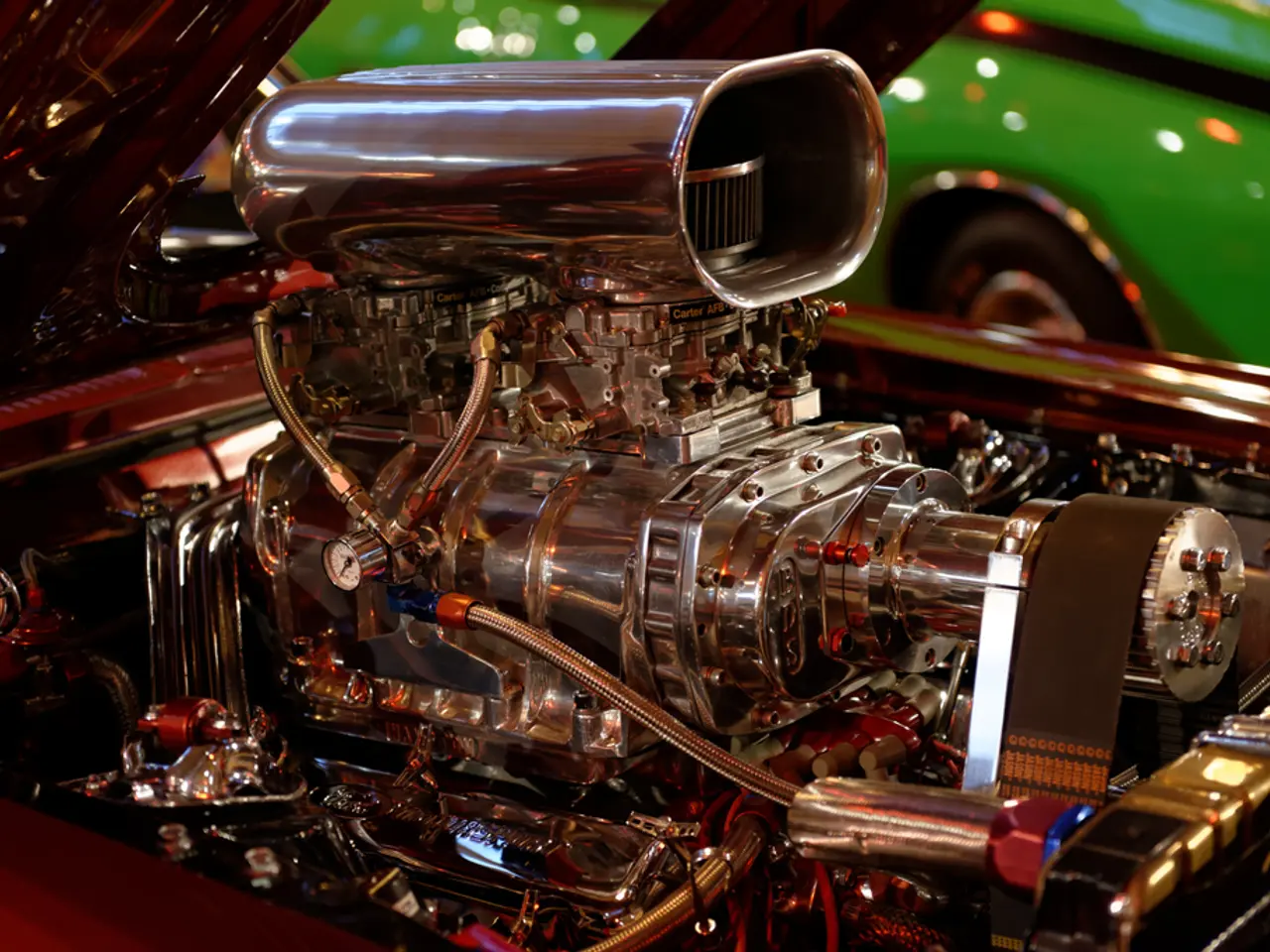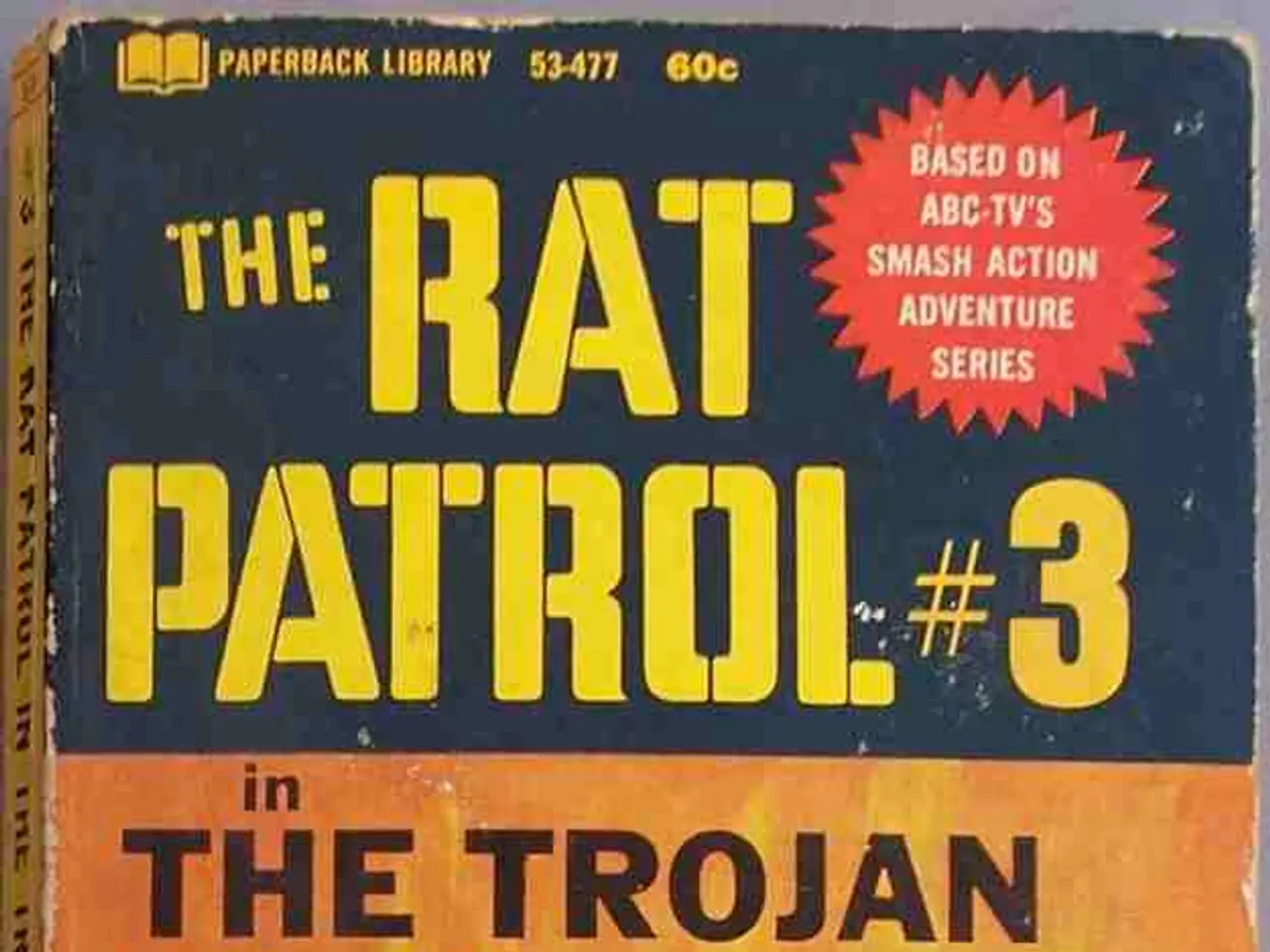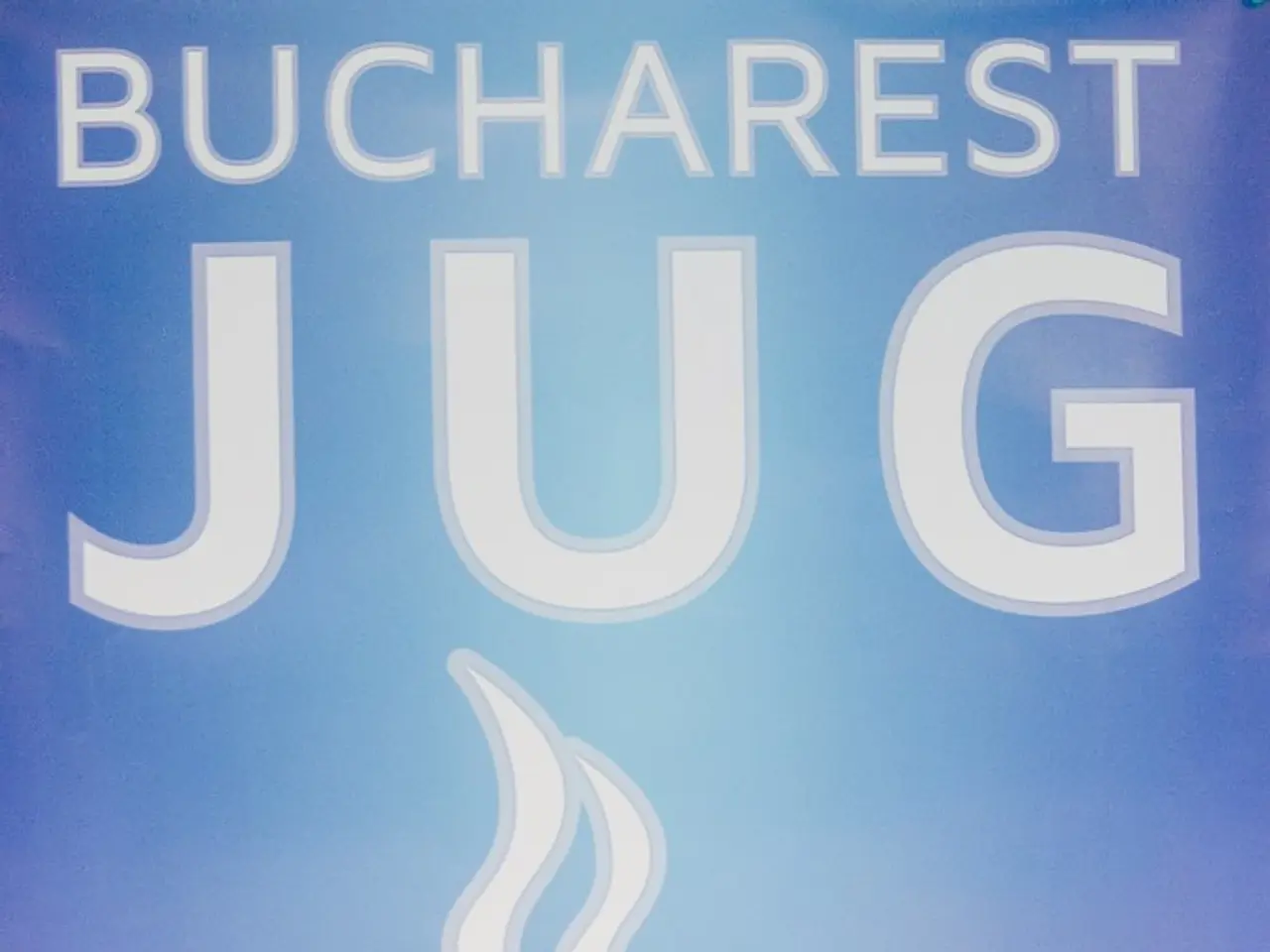Disassembling the Monarchy's Centerpiece (Part 1): Meticulously Taking Apart Every Nut and Bolt
In the heart of the Motomachi Plant, a team of skilled engineers and restorers embarked on a unique project in the spring of 2022 — the restoration of a first-generation Toyota Crown's Type R engine. This engine, introduced in August 1952, holds a significant place in Toyota's history, reflecting early advances in engine design for luxury sedans.
The History of the Type R Engine in the First-Generation Toyota Crown
The Toyota Crown, one of Japan's first full-scale luxury sedans, debuted in the 1950s. Initially, the engines were designed for reliability and durability rather than outright performance. The Type R engine designation, while typically associated with later performance-oriented engines, was a rarity in the first-gen Crown.
The 1.5-liter R series motor, a water-cooled inline four-cylinder engine with an overhead valve design, was a testament to Toyota's progression into overhead cam engines. Compared to modern engines, early engines like the Type R would have been built with iron blocks and simpler construction techniques, emphasising low-speed torque and robust construction suited to Japan’s road conditions and fuel quality at the time.
Restoration Process and Challenges for the Type R Engine
Restoring a first-generation Crown Type R engine presents several challenges due to its age and construction.
- Parts Availability
- Original parts are rare, necessitating reproduction or refurbishment of key components.
- Some parts may need to be custom machined or sourced from vintage specialist suppliers.
- Wear and Corrosion
- The iron engine blocks and heads can suffer from rust and metal fatigue.
- Precision machining to restore cylinder bore integrity and valve seat reconditioning is critical.
- Original Construction Techniques
- The engines used robust iron blocks and head castings with cast-in-place features designed to maximise strength and longevity.
- Carbureted fuel systems or early mechanical fuel injection setups require careful tuning after restoration to maintain correct fuel-air ratios.
- Documentation and Expertise
- Repair manuals and workshop documentation for such early engines are limited.
- Restoration often relies on expertise from vintage Toyota enthusiasts and clubs to replicate original techniques.
Unique Construction Techniques
The original Type R engines were built with an emphasis on durability:
- Use of iron blocks and heads for longevity rather than lightweight aluminium.
- Simple overhead valve or overhead camshaft designs for ease of maintenance.
- Robust crankshafts and connecting rods designed to handle moderate power outputs with reliability.
The engine block casting methods from that era included slow cooling and hand finishing, contributing to a durable but heavy design.
The Restoration Process
During the dismantling process, the team discovered a mix of components from different versions. The cylinder block, cylinder head, and camshafts were from 1956, the crankshaft was from 1958, the connecting rods dated back to 1953, and the intake manifold was a 1955 model.
The team encountered significant wear on the cylinder bores, an issue that required further attention. Moreover, they found that the connecting rods in the engine did not have metal bearings but were instead coated with a metal-bearing material through a technique called thermal spraying.
To address these issues, the team had to find a supplier that still manufactures bearings using the thermal spraying method to repair the damaged bearings. New camshaft bearings, con rod small end holes, and rocker arm bushes were fabricated.
The project involves a diverse team of skilled members from various plants, including Toru Iwaki, Hiroshi Ito, Yasushi Kato, Masatake Makita, and Shigeo Sonoda. Their task involves sorting the usable parts from those that need to be made anew.
Conclusion
The first-generation Toyota Crown’s Type R engine reflects Toyota’s early focus on reliable performance, combining iron block construction and simple valve trains. Restoration is complex due to parts scarcity, the need for expert machining, and preserving original mechanical setups. Unique to the Type R engine are construction techniques focusing on robustness via iron castings and straightforward valve operation.
The engine’s history is intertwined with Toyota’s broader engine development in the 1960s, as seen with the R series motors in comparable models like the Corona. This restoration project serves as a testament to Toyota's engineering heritage and the team's dedication to preserving it.
- The first-generation Toyota Crown's Type R engine, initially designed for reliability and durability, was a unique addition to the luxury sedans' early advances in engine design, transitioning Toyota into overhead cam engines.
- The restoration process of a first-generation Crown Type R engine is challenging due to scarce original parts, the need for precision machining to combat wear and corrosion, and preserving the original mechanical setup, including carbureted fuel systems.
- The Type R engine's unique construction techniques, such as the use of iron blocks and heads for longevity, simple overhead valve or overhead camshaft designs, and robust crankshafts and connecting rods, showcase Toyota's emphasis on durability during that era.




